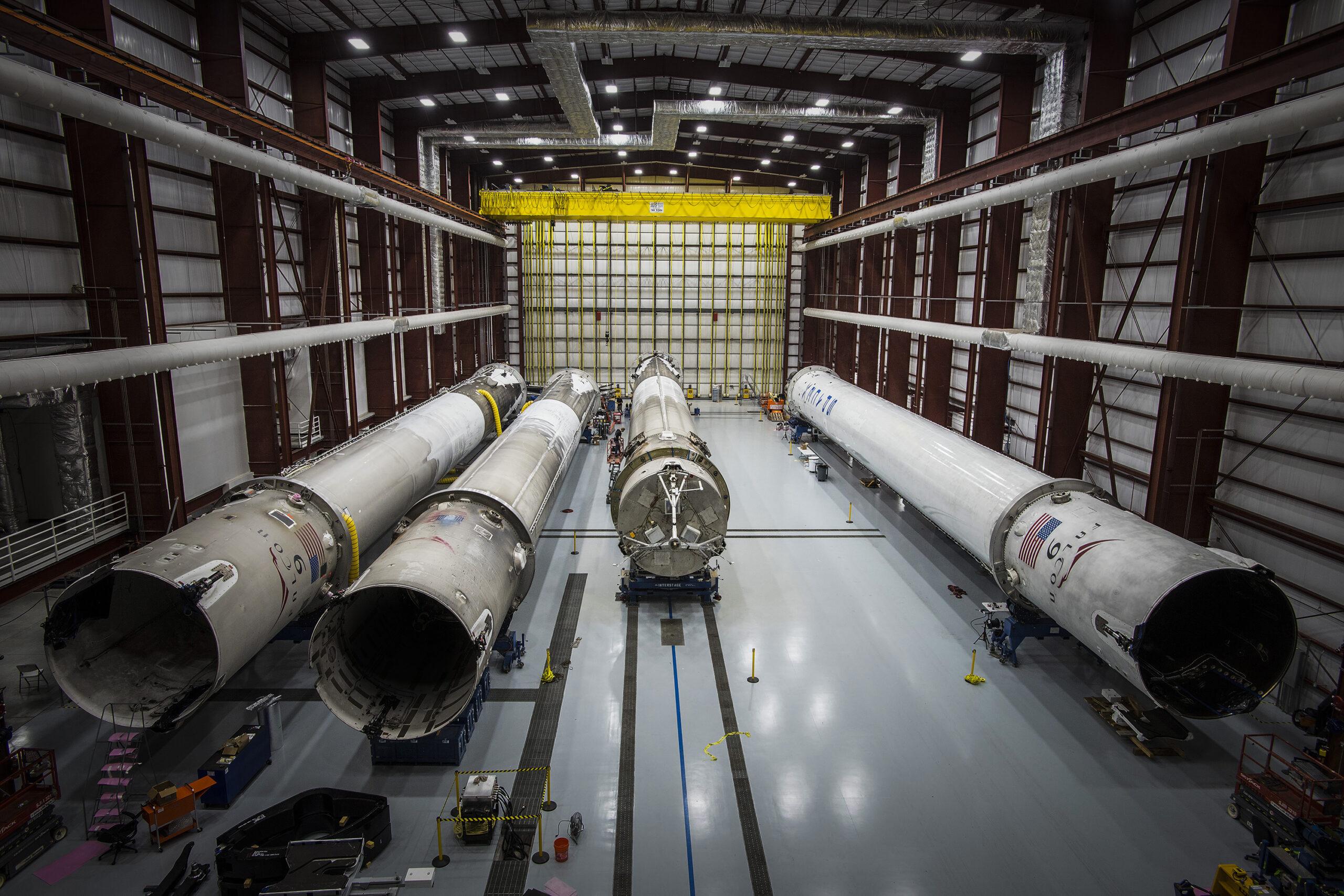When it comes to the unseen forces that shape our technological world, vacuum gauges emerge as unsung heroes. These unassuming devices play a pivotal role in industries ranging from manufacturing to research, enabling us to harness the power of the vacuum—a realm where pressure is low, and innovation soars high. In this article, we’ll delve into the efficiency of vacuum gauges, exploring their various applications, and highlighting their indispensable role in modern technology.
Unveiling the Mystery: How Vacuum Gauges Make the Invisible Visible
Imagine a world where air doesn’t exert its familiar pressure—a world where our most advanced technologies push the boundaries of possibility. Vacuum gauges are the watchful eyes that let us navigate this intriguing terrain. These instruments, designed with precision and innovation, are engineered to measure the almost intangible, allowing us to quantify the pressure within a vacuum chamber. They stand as modern marvels that reveal the otherwise hidden dynamics of our mechanical creations, ensuring that the mysteries of low-pressure environments are unlocked for both scientific exploration and technological advancement.
Unraveling Applications: Where Vacuum Gauges Take the Lead
Behind the scenes of industries like semiconductor manufacturing, aerospace engineering, and even food packaging, vacuum gauges silently revolutionize processes that shape our daily lives. One of their prominent applications lies in semiconductor fabrication. As microchips become smaller and more intricate, maintaining specific vacuum levels during production becomes paramount. Vacuum technologies provide real-time feedback, guiding the manufacturing process and ensuring the precision required for these intricate components. Beyond the confines of microelectronics, vacuum technologies find their place in space exploration, helping create the vacuum conditions necessary for rocket engine testing and satellite assembly.
A Symphony of Science and Engineering: The Inner Workings of Vacuum Gauges
At their core, vacuum gauges are a synergy of scientific principles and engineering finesse. Capacitance, ionization, and Pirani gauges are just a few of the varied types available, each tailored to specific pressure ranges and applications. The capacitance gauge, for instance, measures pressure by detecting changes in the capacitance of a diaphragm as it flexes under varying pressures. On the other hand, ionization gauges rely on the principle that gas molecules within the vacuum can be ionized, creating an electrical current that can be measured. The diversity of these mechanisms highlights the precision required to gauge vacuum conditions accurately.
Future Horizons: Pushing the Boundaries of Vacuum Technology
As technology evolves, so too do the demands placed on vacuum gauges. With the rise of quantum computing, for instance, the need for ultra-high vacuum environments has grown. This presents a challenge and an opportunity for vacuum gauge manufacturers to innovate even further, producing devices that can measure pressures previously considered unattainable. Additionally, the integration of IoT capabilities into vacuum gauges opens doors to remote monitoring and control, enhancing efficiency and reducing downtime in various industries.
A Testament to human ingenuity
In the intricate tapestry of modern technology, vacuum gauges stand as a testament to human ingenuity. These unobtrusive instruments, with their complex mechanisms, quietly enable progress in a variety of industries, from semiconductor manufacturing to space exploration. As we continue to explore new frontiers and push the boundaries of possibility, vacuum technologies will undoubtedly remain our steadfast companions, guiding us through the realm of low pressures and unlocking the secrets of the unseen.




